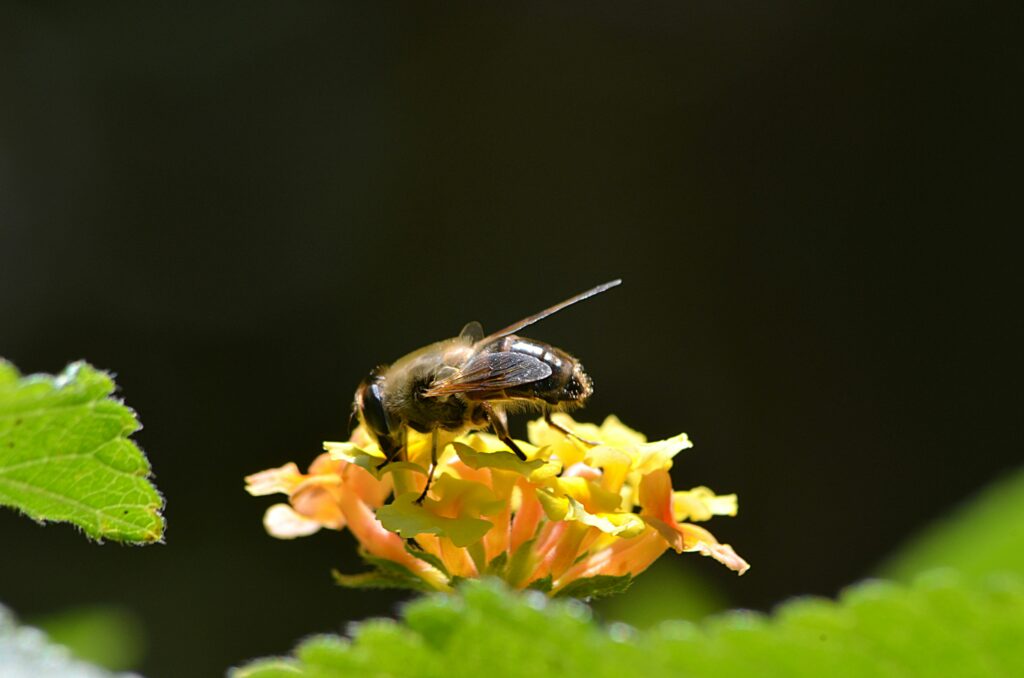Communication is crucial in all aspects of life, from humans to the tiniest of creatures. While we’ve long understood that insects communicate, recent scientific discoveries have revealed astonishingly sophisticated communication systems among certain species. Perhaps none is more remarkable or complex than the language of honeybees, specifically the Western honeybee (Apis mellifera). Their intricate dance language represents one of nature’s most fascinating communication systems and stands as the most thoroughly studied insect language in scientific history.
The Revolutionary Discovery of the Bee Dance Language
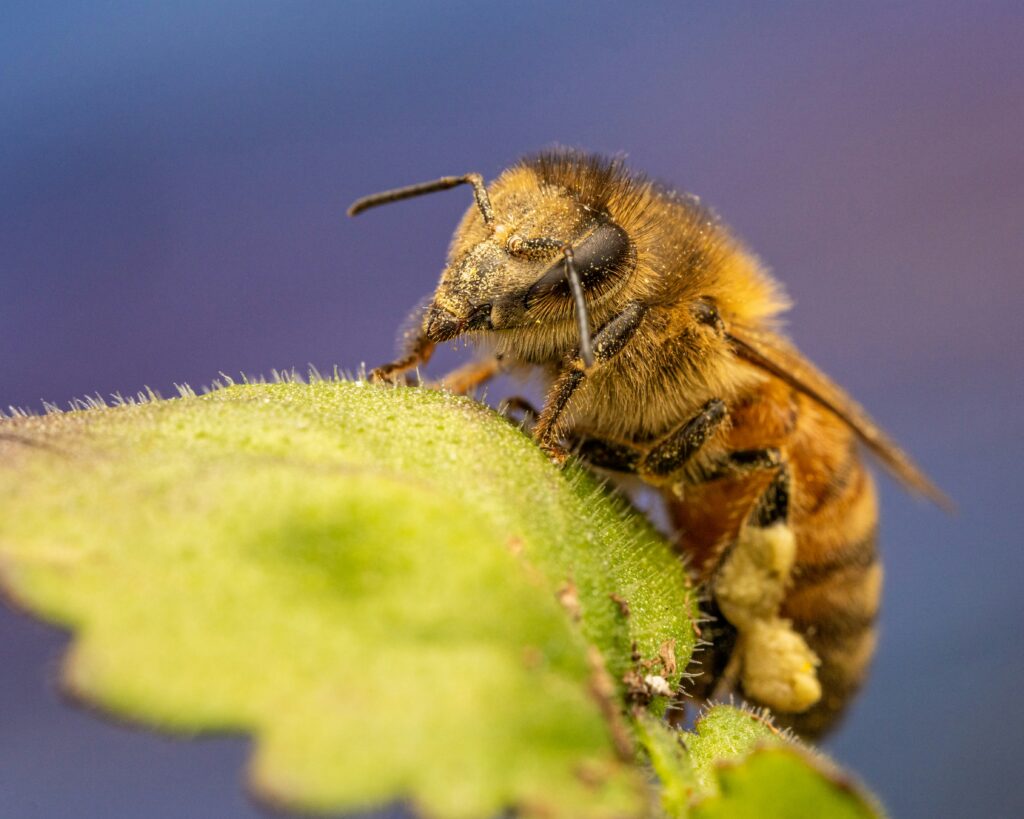
The complex language of honeybees was first decoded by Austrian ethologist Karl von Frisch, whose groundbreaking work earned him a Nobel Prize in 1973. Von Frisch’s careful observations in the 1940s revealed that honeybees weren’t simply moving randomly after returning to the hive – they were actually performing precise, information-rich dances to communicate with their nestmates. This discovery fundamentally changed our understanding of animal communication, proving that complex symbolic language wasn’t exclusive to humans and higher mammals. His meticulous experiments, involving colored feeding stations and marked bees, provided the first evidence that insects could communicate abstract concepts like distance, direction, and resource quality through a standardized system of movements that other bees could interpret and act upon.
The Round Dance: Communicating Nearby Resources
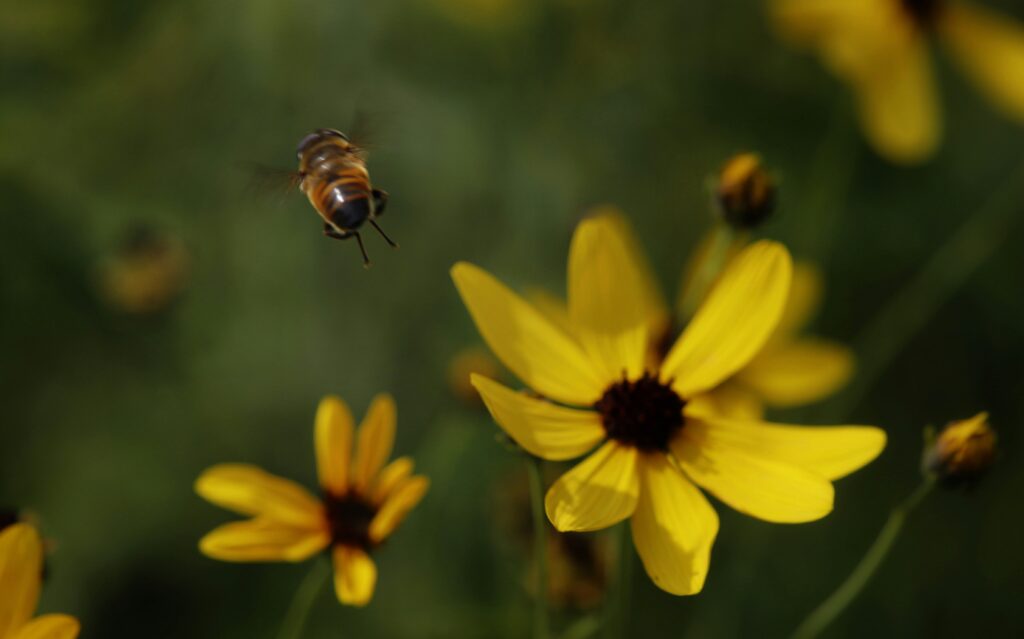
When a forager bee discovers food sources within approximately 50-75 meters of the hive, it performs what scientists call the “round dance.” This simple but effective communication involves the bee moving in tight circles, occasionally switching direction while waggling its abdomen and producing vibrations. The intensity and duration of this circular dance correlate directly with the quality and abundance of the discovered resources. Other worker bees gather around the dancing bee, touching it with their antennae to pick up scent samples from the flowers the forager visited, providing additional chemical information about what type of resource has been found. The round dance effectively tells nestmates, “There’s good food nearby, and it smells like this,” but doesn’t specify the exact direction.
The Waggle Dance: A Sophisticated GPS System

For more distant food sources, honeybees employ the remarkably precise “waggle dance,” which communicates both distance and direction with astonishing accuracy. During this figure-eight-shaped dance, the bee moves in a straight line while rapidly shaking its abdomen from side to side, then circles back to repeat the straight run. The angle of this straight-line component, relative to the vertical surface of the honeycomb, corresponds precisely to the angle between the food source and the sun as viewed from the hive. The duration of the waggle run directly correlates with distance—generally, each second of waggling indicates about 1 kilometer of flight distance. This means bees can effectively communicate locations up to 10 kilometers away from their hive, creating what amounts to a living map for their nestmates to follow.
Encoding Environmental Factors and Quality Information
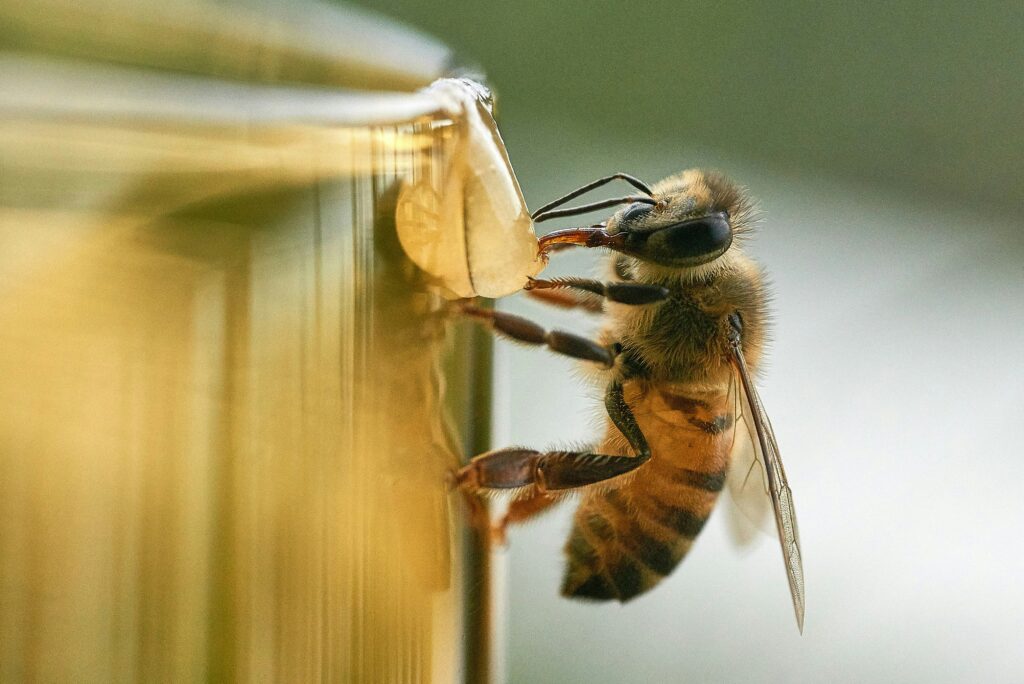
Beyond just location information, the waggle dance encodes a wealth of nuanced details about the discovered resources. The vigor and enthusiasm of the dance directly correlate with the quality, concentration, and abundance of the nectar or pollen source. A particularly rich food source will trigger more energetic dances with more repetitions, effectively communicating the value of the discovery to nestmates. The dancer also passes scent information from the flowers through direct contact with follower bees, adding another layer of specificity to the communication. Research has shown that bees even adjust their dance to account for headwinds or difficult terrain, adding more waggles to indicate that a journey might require more energy despite being the same linear distance, revealing an unexpected level of cognitive processing in these small insects.
Mathematical Precision in Bee Communication
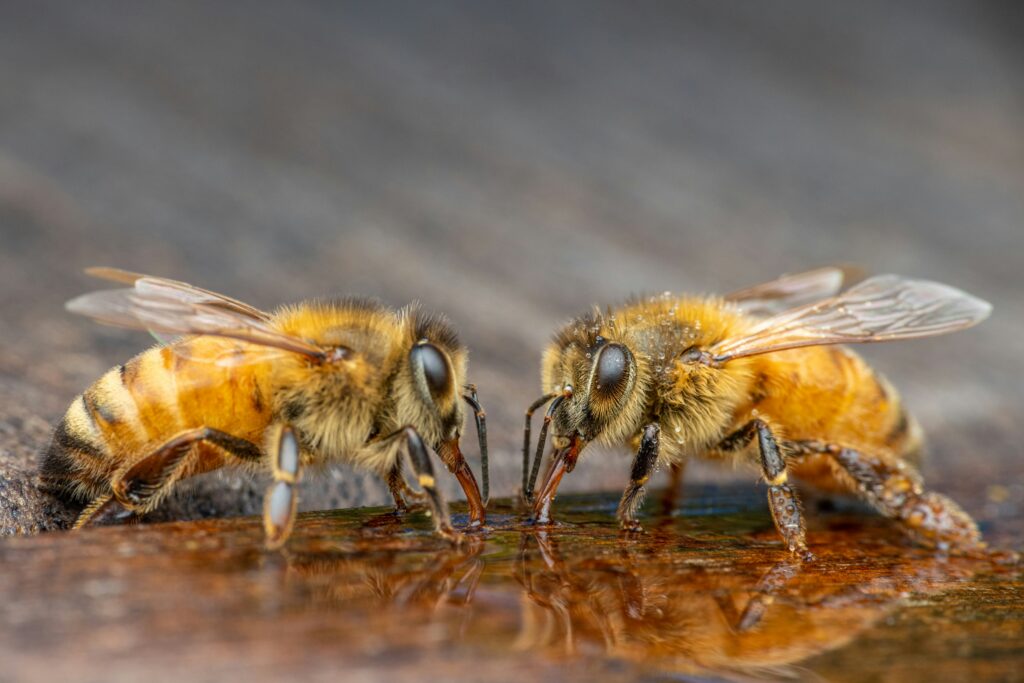
The mathematical precision of the waggle dance has astounded researchers for decades. Bees can communicate locations with an error margin of just a few degrees directionally and about 15% in terms of distance. This remarkable accuracy is achieved despite the fact that bees must translate three-dimensional flight paths into two-dimensional dances performed in the darkness of the hive. Recent studies using harmonic radar to track bee flight paths have confirmed that foragers following dance instructions fly in remarkably straight lines to the indicated locations. Even more impressive, bees can compensate for the sun’s movement across the sky throughout the day, automatically adjusting the angle of their dance to account for the changing solar position, demonstrating an internal clock and sophisticated spatial reasoning capabilities.
Social Context and Collective Decision-Making
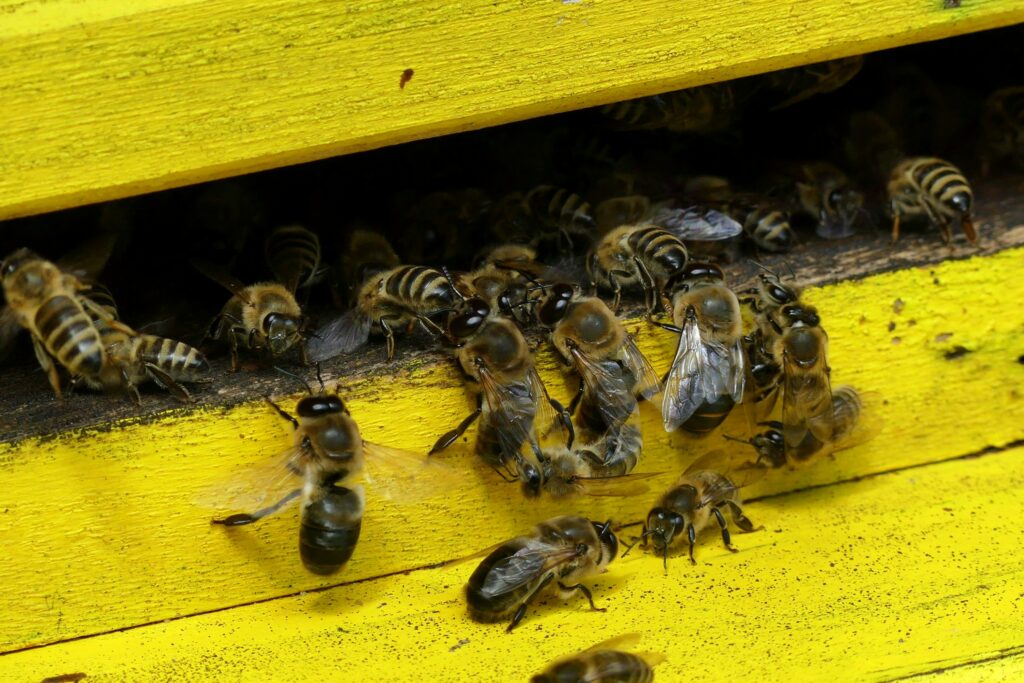
The honeybee dance language doesn’t function in isolation but serves as part of a sophisticated collective intelligence system. When multiple dancers indicate different food sources, follower bees don’t blindly follow a single dancer but evaluate all available information before deciding where to fly. This creates a recruitment system where the colony can quickly allocate foragers to the most valuable resources. During swarming, when bees must choose a new nest site, scout bees perform waggle dances to advertise potential locations they’ve found. Through a democratic process involving hundreds of dances, the colony eventually reaches consensus on the optimal new home, with scouts gradually aligning their dances until all point to the same location. This demonstrates how the dance language facilitates group decision-making beyond simple resource location, functioning as a complex voting system.
Dialectal Variations Among Honeybee Species
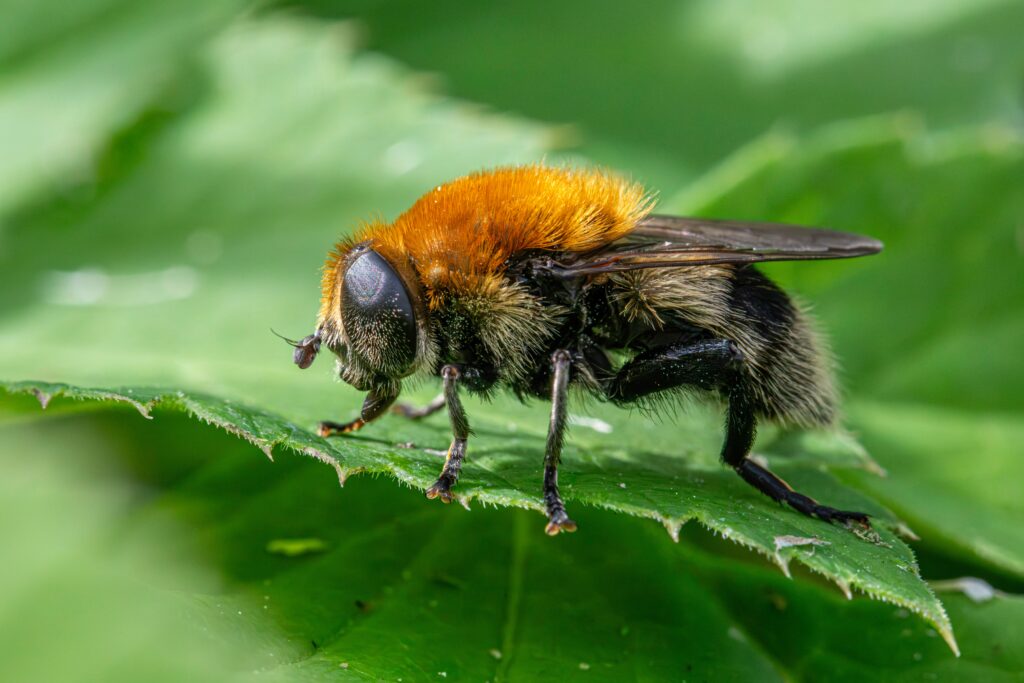
Fascinatingly, different honeybee species and even geographically separated populations of the same species exhibit distinct “dialects” in their dance language. The Asian honeybees (Apis cerana, Apis dorsata, and others) use variations of the same basic dance but with different conversion rates between waggle duration and distance indicated. Some species, like the dwarf honeybee (Apis florea), perform their dances on horizontal surfaces using the actual sun as a reference point, rather than translating solar position to the vertical inside the hive. Research comparing Italian and Egyptian honeybee subspecies revealed consistent differences in how they encode distance information, with Egyptian bees waggling longer to indicate the same distances. These dialectal differences appear to be genetically programmed rather than learned, suggesting that the dance language has evolved differently across various bee populations.
Neurological Basis of Dance Communication
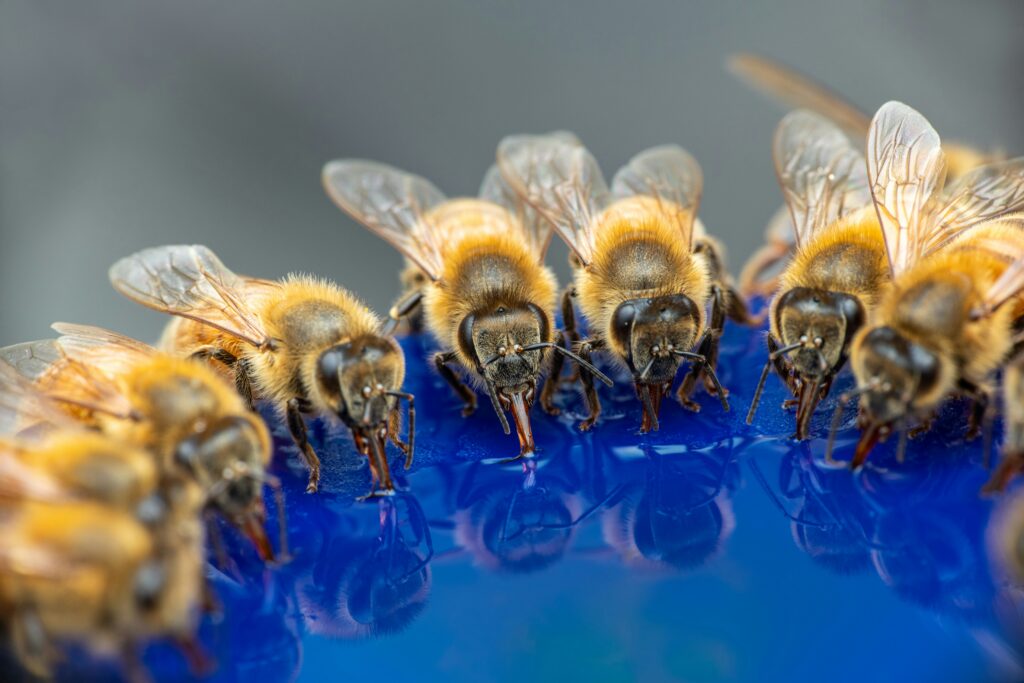
Recent advances in neurobiological research have begun to uncover the neural mechanisms that make the complex dance language possible. Specialized neurons in the bee brain appear dedicated to processing the visual and movement information necessary for both performing and interpreting the waggle dance. Using techniques like calcium imaging to monitor brain activity, scientists have identified specific regions that activate when bees observe dances. The bee brain, despite containing fewer than one million neurons (compared to our 86 billion), devotes significant neural resources to this communication system. Particularly important are structures called the mushroom bodies and the central complex, brain regions involved in learning, memory, and spatial orientation, which show heightened activity during dance communication, suggesting that dance language processing requires sophisticated neural integration rather than simple reflexive responses.
Evolutionary Development of Dance Communication
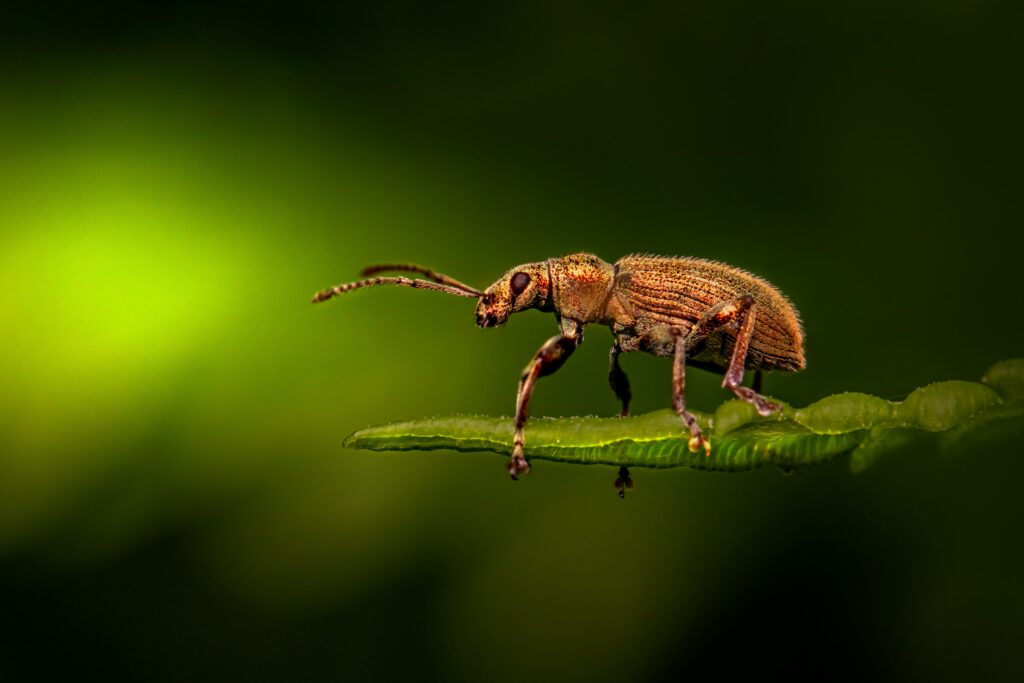
The evolutionary path leading to the complex waggle dance has fascinated biologists since its discovery. The prevailing theory suggests that the dance originated from simple excitatory movements that initially just aroused nestmates to search for food, gradually evolving greater informational content over millions of years. Comparative studies of different bee species support this hypothesis, showing various levels of dance complexity across the evolutionary tree. Stingless bees (Meliponini), more distantly related to honeybees, use simpler communication systems like scent trails or excited movements without directional information, potentially representing earlier evolutionary stages of bee communication. The highly developed dance language likely emerged as a response to the ecological pressures of efficiently exploiting ephemeral but rich flower patches in competitive environments, where communicating precise locations offered significant evolutionary advantages.
Learning and Adaptation in Dance Communication
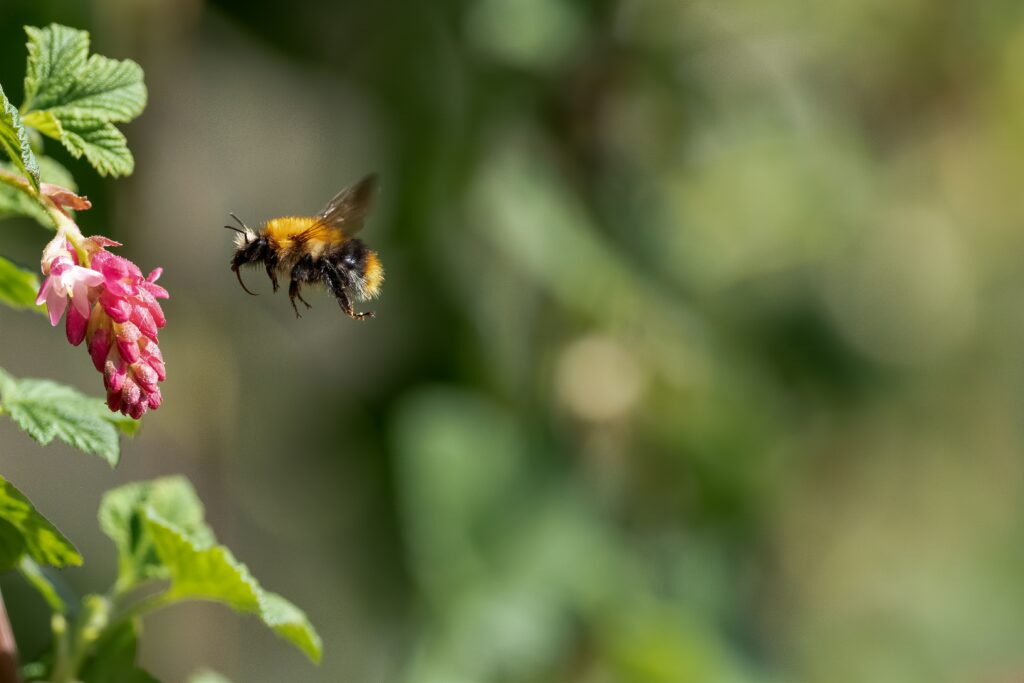
Though the basic structure of the dance language appears to be genetically encoded, research has revealed surprising flexibility and learning capabilities within this system. Young bees don’t immediately become expert dancers or interpreters but go through a learning period where they observe and follow experienced foragers. Studies using robot bees and artificially manipulated environments have shown that bees can adapt their dance parameters when faced with unusual situations, such as dancing on horizontally oriented combs instead of the usual vertical surfaces. Perhaps most remarkably, experiments placing bees in environments where the sun’s apparent motion is artificially altered show that bees can eventually adjust their directional calculations, demonstrating that while the language system is innate, its parameters can be calibrated through experience, revealing a blend of genetic programming and behavioral plasticity.
Technological Applications Inspired by Bee Communication
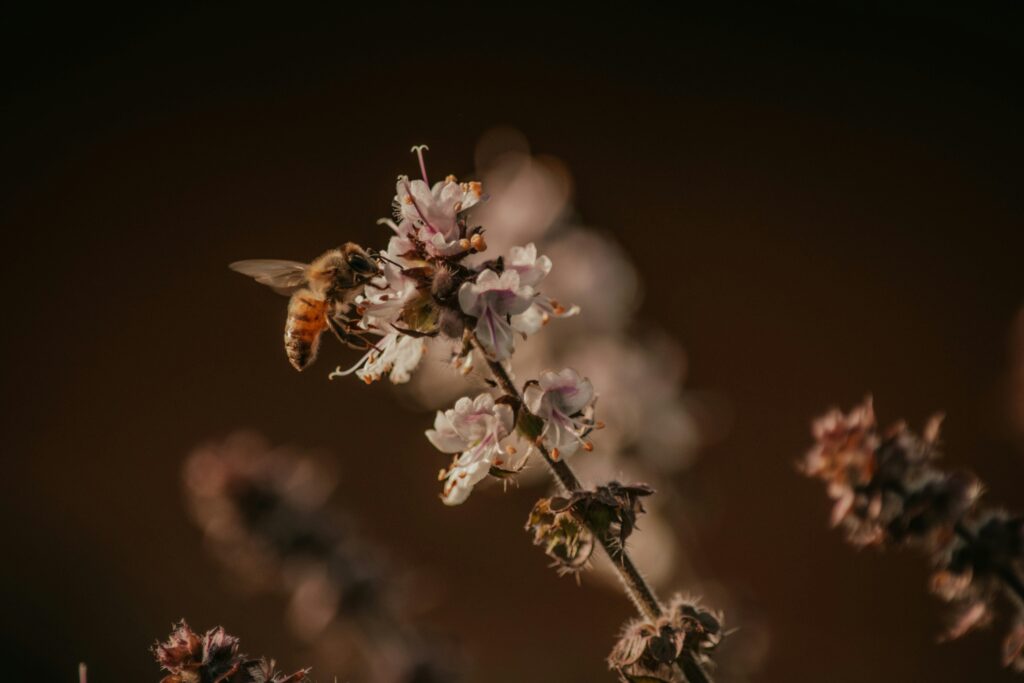
The efficiency and precision of honeybee communication have inspired numerous technological innovations and algorithms. Computer scientists have developed “bee-inspired” optimization algorithms that mimic the colony’s ability to quickly find and exploit optimal resources in complex environments. These bee algorithms have been successfully applied to problems ranging from internet server load balancing to efficient routing in transportation networks. Engineers studying swarm robotics have created autonomous drone systems that use bee-inspired communication protocols to coordinate activities without centralized control. The dance language’s ability to compress three-dimensional information into efficient packets has even influenced developments in data compression and transmission technologies, demonstrating how this ancient natural communication system continues to offer valuable insights for cutting-edge human technologies.
Threats to Bee Communication in the Modern World
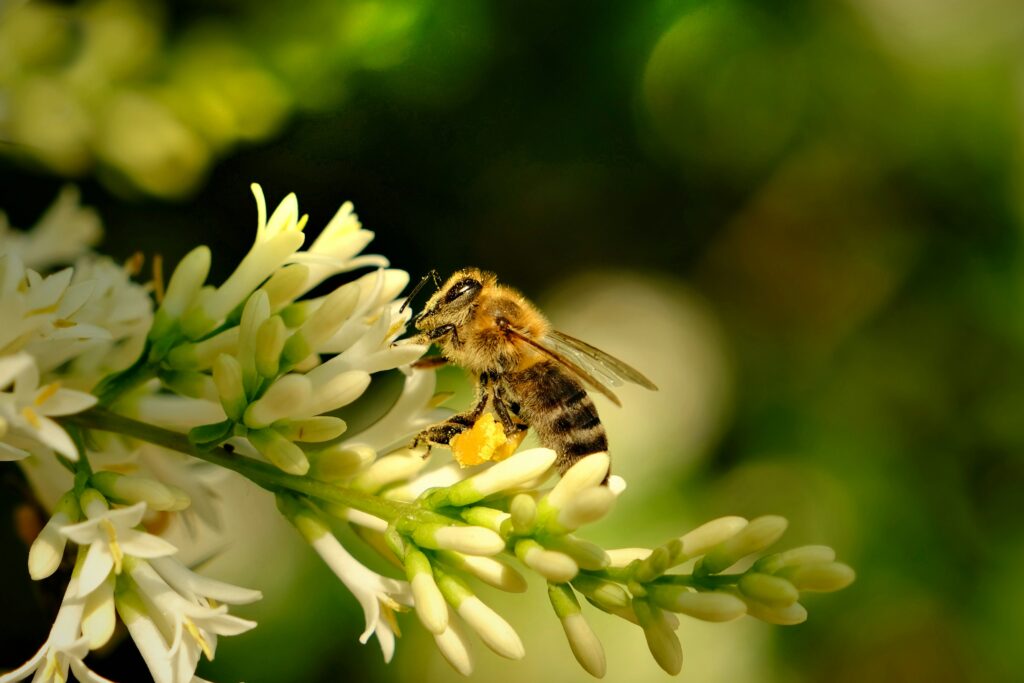
As remarkable as the honeybee dance language is, modern environmental factors threaten this sophisticated communication system. Research has shown that certain pesticides, particularly neonicotinoids, can impair bees’ navigation abilities and disrupt their dance precision. Even at sublethal doses, these chemicals can cause foragers to miscommunicate locations or dance less frequently, reducing the colony’s collective foraging efficiency. Electromagnetic radiation from human technologies might also interfere with bees’ magnetoreception, which they may use as one component of their navigational toolkit. Climate change adds another layer of pressure by altering flowering times and creating mismatches between bee activity and floral resources, potentially making the information communicated through dances less reliable. These threats to bee communication represent not just dangers to bee populations but risks to the entire ecosystem that depends on their pollination services.
Ongoing Research and Future Directions

The study of honeybee dance language continues to evolve with new technologies enabling deeper insights. Modern tracking systems using RFID tags and high-resolution video analysis allow researchers to follow individual bees throughout their lives, creating comprehensive maps of how dance communication develops and functions within the social network of the hive. Genetic studies are beginning to identify specific genes involved in dance behavior, potentially shedding light on both the evolutionary origins and neurological basis of this communication system. Some of the most exciting current research examines how the dance language might encode information beyond resource location—possibly communicating about predatory threats or nest conditions through subtle variations not yet fully decoded. The honeybee dance language, despite decades of study, likely still holds secrets waiting to be discovered, making it a continuing frontier in our understanding of animal communication.
Conclusion
The honeybee waggle dance represents the pinnacle of insect communication systems studied to date. Far more than simple signaling, it constitutes a true symbolic language, allowing bees to communicate abstract concepts like distance, direction, and quality through a standardized system that can be taught, learned, and adapted. The remarkable precision, efficiency, and evolutionary sophistication of this communication system challenges our understanding of insect cognition and blurs the lines we once drew between the capabilities of vertebrates and invertebrates. As we continue to decipher the subtleties of this remarkable language, we gain not only valuable insights into the complex lives of these essential pollinators but also a deeper appreciation for the diverse ways intelligence and communication can evolve in the natural world.

